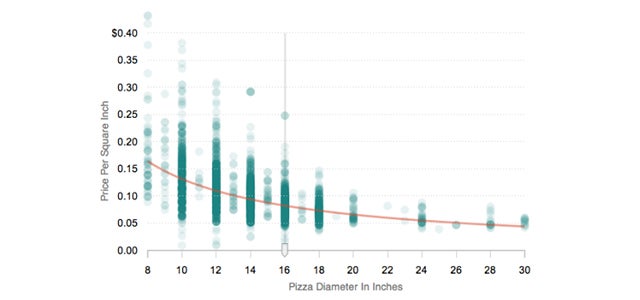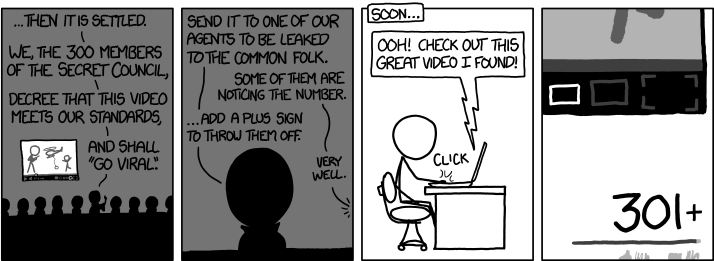The idea that the Chinese are incapable of producing anything for themselves is an age-old racist argument
Some things never change. For as long as I can remember, people in the west have been paranoid about the orient – and about China in particular. I grew up in an ultra-devout Catholic household in rural Ireland and I remember my mother being petrified by what people then called "the yellow peril", by which they meant the supposed threat to western civilisation posed by the Chinese communist regime.
This paranoia was not confined to my mother, incidentally. It was shared by most postwar US administrations. It led Harry Truman to go to war in Korea; and, decades later, to the Kennedy and Johnson administrations becoming embroiled in the jungles of South Vietnam. And although a kind of unlikely rapprochement was engineered by Richard Nixon and Henry Kissinger in 1972, profound suspicion of China endures to the present day.
It is widely believed, or at any rate confidently asserted by the US, for example, that the Chinese government is the most persistent abuser of cyberspace. (A bit rich, that, coming from the home of the National Security Agency, but we will let that pass.) Special units of the People's Liberation Army, operating from buildings that have been identified by western analysts, spend every waking hour hacking into the servers of American hi-tech companies and government organisations. And this abusive hacking, so the Cassandras maintain, is intensely purposeful: its aim is to steal industrial secrets (intellectual property) from the west so that they may be used to give Chinese companies a market advantage.
"In the post-information age," writes Mark Anderson, one of the fiercest critics of China's activities in this sphere, "the global economy is driven by technology and IP is its primary asset class. Wealth is the result of invention and those individuals, companies or countries desiring wealth must obtain it by either inventing or stealing those inventions. Nations in this new information economy find themselves in one of two businesses: robbing others' "information banks" or protecting their own. A successful IP theft or protection strategy can mean jobs lost and gained, middle classes destroyed and created and military power shifted."
Now just because you're paranoid doesn't mean that they aren't out to get you. It's conceivable that Mr Anderson's apocalyptic visions are based on a solid foundation. It's also true that contemporary China does not have the rule of law as we would understand it in the west, which means that it's pretty difficult to mount prosecutions for infringement of intellectual property. But even allowing for all that, two things about the current hysteria about China bother me.
The first is that it has echoes of earlier, semi-racist panics. The implicit assumption is that these oriental types are incapable of inventing stuff themselves, so in order to make economic progress they have to rip off the inventions of our clever chaps. They can't create, in other words, so they have to copy. Readers with long memories will recall that once upon a time we in the west used to say such things about the Japanese. Nikon and Canon just made inferior copies of German Leicas and Rolleiflexes. Sony just made knock-off copies of American transistor radios. And of course Datsun and Toyota cars were rust-bucket jokes.
Well, guess what? It turned out that the joke was on us. Leica very nearly went under. Rolleiflex morphed into a niche manufacturer of beautiful, expensive analogue cameras. Nikon and Canon learned how to make astonishingly good cameras and lenses and now dominate the world market. Sony became a company that for several decades was as revered for elegant design as Apple is today. And Toyota taught the rest of the world how cars should be manufactured. So much for occidental superiority.
And that highlights the other puzzling aspect of the assumption that the only way the Chinese can get on is by stealing from us. One of the most striking aspects of the engineering and science departments of elite British and American universities is the astonishing numbers of Chinese students studying in them for postgraduate degrees. I've met quite a few of these students in the course of my day job. They are uniformly hard working and many are very smart indeed. Most plan to return home after they've obtained their degrees or completed their post-doctoral research. And anybody who thinks that they are intellectually inferior to their homegrown counterparts is not paying attention.
It's possible, of course, that when these migrants return home their creativity will be stifled in some way. They may find it difficult to get venture capital, for example. Or the dead hand of local communist officialdom may squash their entrepreneurialism. But of one thing I am sure: if China doesn't become a technological innovator, it won't be for lack of talent. There may come a time when we will need to steal from them.
























 All too often, our to-do lists
All too often, our to-do lists 



